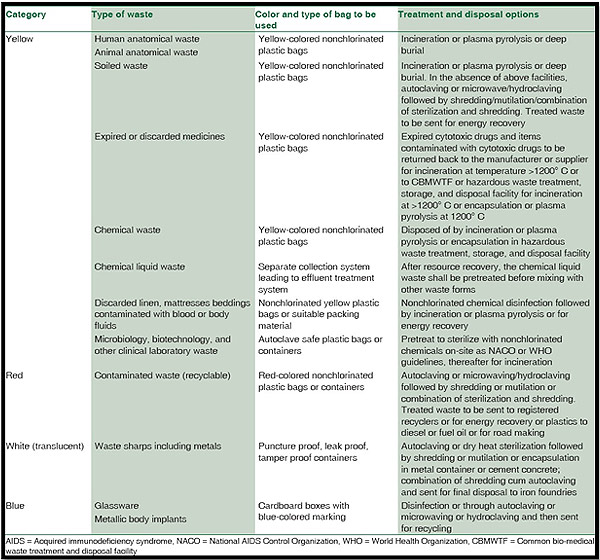Reclaim Waste Fundamentals Explained
Reclaim Waste Fundamentals Explained
Blog Article
Little Known Facts About Reclaim Waste.
Table of ContentsAbout Reclaim WasteThe Only Guide to Reclaim WasteReclaim Waste Fundamentals ExplainedThe Basic Principles Of Reclaim Waste The 7-Minute Rule for Reclaim Waste
Residential sewer waste refers to the waste and items from a property septic container. The proper administration and disposal of residential sewage waste call for liquid waste to be transferred to a sewer therapy plant where the appropriate methods and tools are applied to purify and dispose of waste.
Industrial waste frequently includes possible threats, such as flammable products or a mixture of fluid and solid waste items, and calls for an extra innovative and in-depth disposal process. The disposal of industrial waste usually involves the filtering of waste prior to transport to make sure risk-free and appropriate disposal. Hazardous waste is created from byproducts and overflow of commercial procedures and manufacturing.
This sort of waste can not use the exact same sewer management transportation or processes as septic or business fluids. The commercial waste monitoring procedure needs the examination and screening of fluid waste before it goes through the disposal procedure (industrial wastewater treatment). Overflow waste is the liquid waste that comes from drainage and excess stormwater in highly populated areas or cities
Overflow waste can create contamination and flooding otherwise dealt with appropriately. Find out more about sewage system cleaning and waste monitoring. Making sure correct waste monitoring can prevent disasters and reduce ecological damage. Both individuals in household setups and professionals in commercial or manufacturing markets can take advantage of understanding the procedures and policies of fluid waste management.
8 Easy Facts About Reclaim Waste Shown
Get in touch with PROS Services today to learn more about our waste administration and disposal solutions and the correct ways to care for the fluid waste you generate.
(https://hub.docker.com/u/reclaimwaste1?_gl=1*1980ev1*_ga*MTgwOTc3Nzc2OS4xNzMxMzI1Mzkw*_ga_XJWPQMJYHQ*MTczMTMyNTM5MC4xLjEuMTczMTMyNTcwOC4xMC4wLjA.)This so-called 'wastewater' is not only an essential resource but, after therapy, will be launched to our land, waterways or the ocean. Made use of water from commodes, showers, bathrooms, cooking area sinks, laundries and commercial procedures is understood as wastewater.

water made use of to cool down machinery or tidy plant and devices). Stormwater, a type of wastewater, is drainage that streams from agricultural and city locations such as roofing systems, parks, gardens, roads, courses and rain gutters right into stormwater drains pipes, after rainfall. Stormwater flows neglected directly to local creeks or rivers, at some point getting to the ocean.
The Single Strategy To Use For Reclaim Waste
In Queensland, a lot of wastewater is treated at sewer treatment plants. Wastewater is transported from residential or commercial sites via a system of sewers and pump terminals, understood as sewage reticulation, to a sewer therapy plant.
The Division of Natural Resources encourages local governments regarding managing, operating and maintaining sewage systems and treatment plants. In unsewered areas, regional governments may need owners to set up private or house sewage treatment systems to treat residential wastewater from commodes, cooking areas, shower rooms and laundries. The Department of Natural Resources authorizes the use of household systems when they are shown to be efficient.
The majority of stormwater obtains no therapy. In some new communities, treatment of some stormwater to eliminate trash, sand and gravel has started using gross pollutant traps. Wastewater treatment occurs in 4 stages: Gets rid of solid issue. Larger solids, such as plastics and various other items incorrectly discharged to sewers, are gotten rid of when wastewater is gone through displays.
Makes use of small living microorganisms knows as micro-organisms to damage down and eliminate remaining dissolved wastes and fine bits. Micro-organisms and wastes are integrated in the sludge.
See This Report on Reclaim Waste
Nutrient removal is not readily available at all sewer therapy plants since it calls for pricey specialised equipment. Clear liquid effluent produced after treatment might still contain disease-causing micro-organisms - liquid waste disposal.

A lot of wastewater flows into the sewage system. Under the Act, local governments provide authorizations and permits for eco pertinent tasks (ERAs) including wastewater launches that may have a local effect.
Rumored Buzz on Reclaim Waste
Monitoring gives valid information regarding water quality and can validate that permit problems are being fulfilled. The information acquired via surveillance provides the basis for making water high quality choices.
Report this page